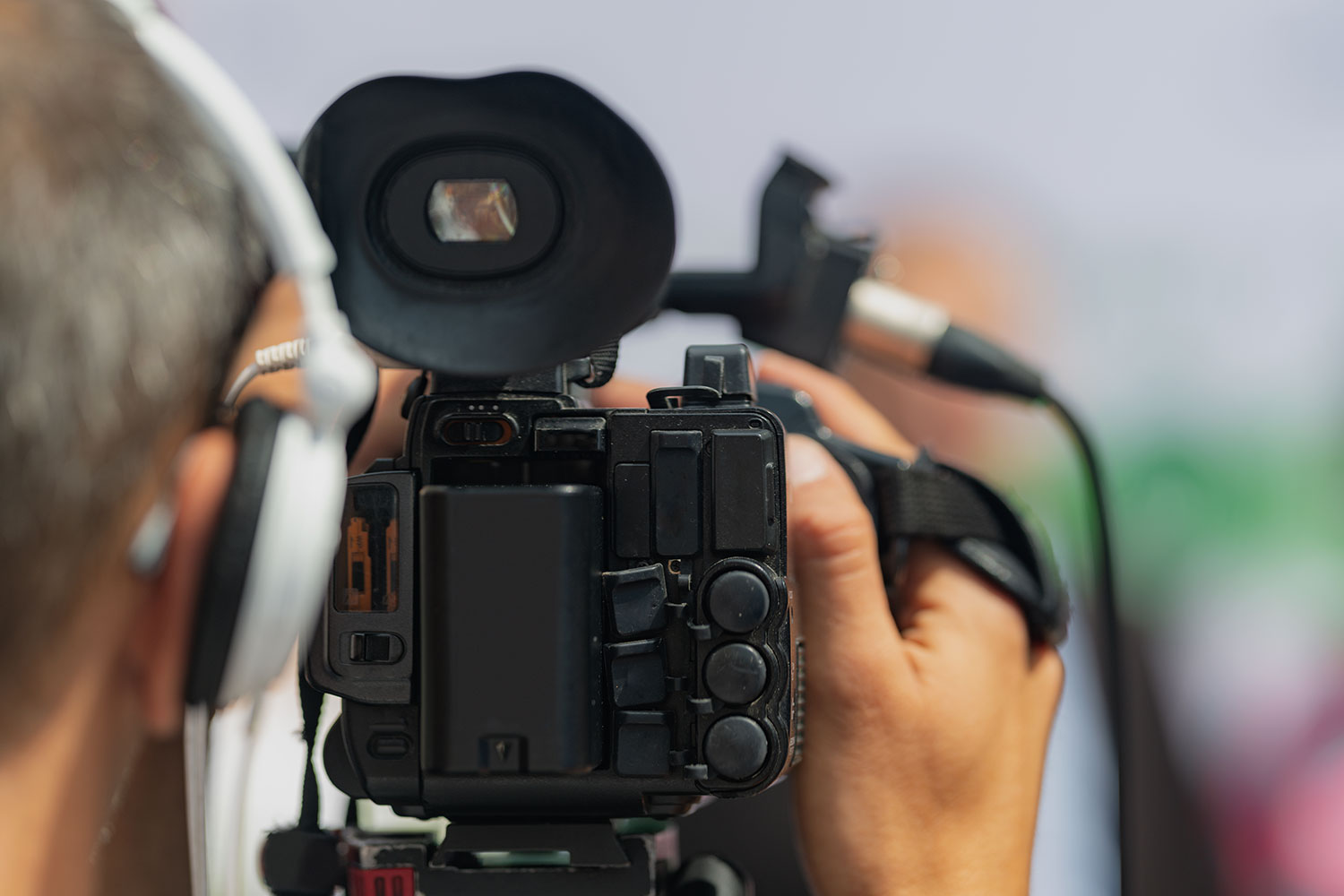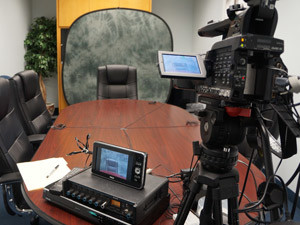Legal Videography: An Innovative Approach to Recording Legal Testimonies
Legal Videography: An Innovative Approach to Recording Legal Testimonies
Blog Article
Why Lawful Videography Is Critical for Accurate Court Recordings
The role of legal videography in courtroom setups can not be overemphasized, as it offers as a necessary device for preserving the honesty of court documents. By capturing both spoken and non-verbal communication, it enhances the clearness of witness testaments and reflects the subtleties of court room interactions. This detailed paperwork not only help in lowering potential misconceptions but also supports appellate evaluations, therefore reinforcing the judicial procedure. The effects of incorporating legal videography into common court techniques increase vital inquiries regarding its wider effect on the lawful system. What might these ramifications require?
Relevance of Visual Proof
In the world of lawful proceedings, the significance of aesthetic proof can not be overemphasized. Aesthetic proof functions as an effective tool in establishing facts, affirming statements, and improving the general quality of a case. This kind of proof, which consists of photographs, videos, and diagrams, can supply a concrete context that verbal summaries often do not have, thus supplying courts and courts a clearer understanding of the circumstances bordering a situation.
Additionally, aesthetic evidence help in the retention of info. Human cognition is naturally visual, and people are most likely to keep in mind and understand details presented in a visual format. In the courtroom, this can be important, as engaging aesthetic proof can sway point of views and enhance the story provided by legal representatives.
In addition, making use of visual evidence can minimize misconceptions and uncertainties that usually arise from spoken exchanges. By providing a straight representation of events, aesthetic evidence assists to get rid of subjective interpretations and cultivates a more unbiased assessment of the realities. As a result, the combination of aesthetic evidence right into legal procedures not only reinforces the honesty of the judicial process however likewise enhances the probability of achieving a just result.
Catching Non-Verbal Cues
Making use of sophisticated videography techniques can dramatically improve the capture of non-verbal signs throughout legal procedures. Non-verbal interaction, consisting of faces, body movement, and eye contact, plays an essential role in conveying emotions and intentions that might not be explicitly mentioned in verbal testimony. legal videography. Lawful videography utilizes high-def video cameras and calculated angles to ensure that these refined cues are tape-recorded with clearness and accuracy
The ability to analyze non-verbal behavior can give valuable context to declarations made throughout court sessions. For example, a witness's hesitation or self-confidence can be analyzed through their posture or gestures, possibly influencing the jury's assumption of reputation. The use of close-up shots can assist focus on a speaker's expressions, allowing for an extra nuanced understanding of the testament.
Additionally, integrating multiple cam angles can produce an extensive sight of communications, highlighting dynamics in between celebrations entailed. This diverse method not only enhances the precision of the court document but also aids in protecting the integrity of the judicial procedure - legal videography. Ultimately, catching non-verbal cues via legal videography promotes a richer, a lot more full depiction of court process

Enhancing Statement Dependability
The integrity of statement can be considerably reinforced via the use of premium legal videography. Video clip recordings act as an objective tool that records not only the talked words of witnesses however likewise the subtleties of their delivery, consisting of tone, pacing, and emotional expressiveness. This diverse documents gives a clearer understanding of the witness's credibility and intentions, which can be essential in legal process.
In addition, lawful videography reduces the capacity for misconceptions that may emerge from written transcripts alone. When jurors can observe a witness's disposition and body movement combined with their statement, important link they are much better equipped to examine the authenticity and reliability of the evidence offered. This aesthetic context can enhance the testimonial story, making it more compelling and trustworthy.
Additionally, the visibility of a video recording can hinder potential inconsistencies in testimony. Witnesses may be more cautious in their declarations when they know they are being taped, bring about even more accurate and truthful accounts. On the whole, high-grade lawful videography improves the integrity of statement, making sure that the court has accessibility to a total and genuine depiction of the facts as shared by the witnesses.
Sustaining Appeals and Reviews
Legal videography plays an important role in supporting allures and evaluations by giving a detailed aesthetic document of courtroom procedures. This aesthetic documentation records not only the talked words of witnesses and lawyers yet likewise the subtleties of body movement, tone of voice, and court dynamics. Such aspects can be critical in recognizing the context of statements and arguments provided.
In the appellate procedure, where the emphasis gets on mistakes of regulation and step-by-step justness, a video clip record can function as an important tool for appellate courts. It makes it possible for courts to assess the original trial context, guaranteeing that decisions are based on a full understanding of the process. The capacity to visually assess the attitude of witnesses or the interactions between celebrations can disclose understandings that created records may overlook.

Additionally, lawful videography can aid in clearing up ambiguities in testaments or procedural rulings, thereby enhancing the basis for an allure. By providing a trusted, objective account of what taken place in court, lawful videography not only supports the honesty of the lawful procedure but also encourages all parties included to make find more educated choices regarding their instances.
Streamlining Courtroom Processes
Enhancing courtroom effectiveness, legal videography simplifies processes by supplying instant access helpful resources to aesthetic documents of process. This modern technology permits courts, lawyers, and juries to revisit crucial statement and evidence, making certain that all parties have a clear understanding of the case. By capturing the nuances of spoken and non-verbal interaction, videography improves the record, making it less complicated to grasp the context and weight of testaments.

In addition, video recordings can promote remote participation in hearings, permitting for higher flexibility in scheduling and engagement, which is particularly beneficial in complicated cases entailing several stakeholders.
Final Thought
Finally, legal videography plays an important duty in making certain precise court recordings by supplying essential aesthetic evidence that records both verbal and non-verbal communication. This technique boosts the integrity of testimonies, sustains appellate evaluations, and enhances court room procedures. By cultivating a detailed understanding of court characteristics, legal videography eventually adds to more fair judicial results, strengthening the honesty of the legal system and promoting notified decision-making.
Report this page